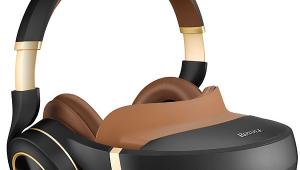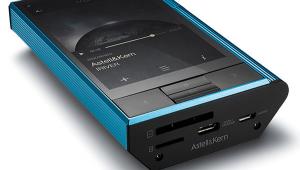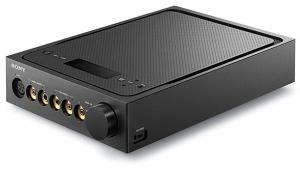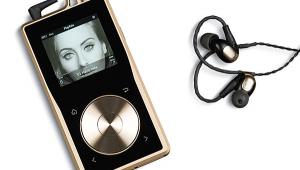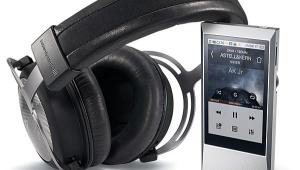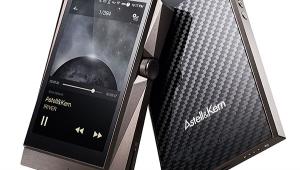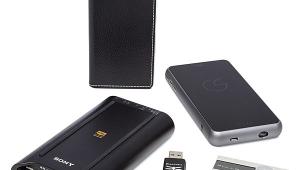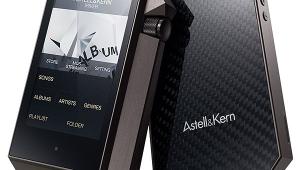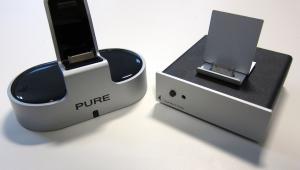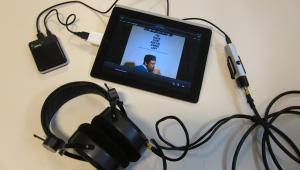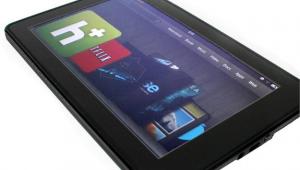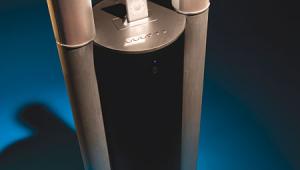Review: The Best iPhone Universal Remote Apps
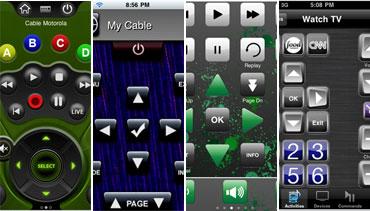
Like some 40 million other people, I love my iPhone. It’s always with me, serving as everything from trail-finder to stock ticker to guitar tuner to, occasionally, mobile phone. While fumbling in the dark with the minimum three or four remote controls that my ever-shifting A/V system requires just to watch a movie, I’ve often wondered if there was “an app for that.”
The answer is at least a half-dozen apps designed to turn an iPhone (or iPod Touch or iPad) into a powerful universal remote handset, or iMote, have been launched upon a sea bobbing with some 100,000-plus other apps. But first, some of you ask, “What’s an app?” (Perhaps you’ve just returned from an extended vacation in Bishkek.)
Apps are small, specialized software applications — the 100,000-plus number grows by some hundreds every day — designed to run on Apple’s iPhone/iPod touch/iPad hardware. Since the iPhone/iPod touch/iPad is in fact a remarkably powerful and versatile touchscreen computer, apps perform tasks as varied as gaming, GPS navigation, social networking, scientific measurement, music making, and anything else you’ve imagined doing on a computer — and a great deal you probably haven’t imagined. Apps get downloaded from Apple’s iTunes Store, pretty much just as the latest opus by Lady Gaga does. Lots of apps are free, some cost just a dollar or two, and a few cost more than that.
Now, when it comes to the iPhone/iPod touch/ iPad (I’m going to use simply “iPhone” from here on to represent all three), it doesn’t take a genius to see that this device would make an irresistible touchscreen controller for just about any A/V system. Trouble is, the iPhone doesn’t transmit infrared (IR) signals, the sort that virtually all TVs, receivers, Blu-ray Disc players, and other audio/video components use for remote control. What the iPhone does talk is Bluetooth (a short-range radio protocol, mostly used to link wireless headsets/controllers to cellphones) and wireless IP via Wi-Fi, the same standard your home network router, not to mention Starbucks and McDonalds, uses to connect wireless-ready laptop computers and other devices.
If all A/V components were IP-networked, the problem would be solved: The iPhone could talk to them directly over an existing wireless home network, an increasingly universal feature of middle-American life. Alas, most are not — though more and more A/V receivers are, and brands such as Pioneer are already offering their own free iPhone apps to control them directly. But that doesn’t help the un-networked 99 percent.
Consequently, every maker of an A/V control app so far, including the four we’ve rounded up for review here, has opted for a hardware/ software solution: The software is the app, and the hardware is a module that translates your thumb’s wishes into IR codes your components can recognize. Functionally, none is very different from a conventional, hardware universal remote, whether aftermarket or packed with an A/V receiver. You set up each by loading the IR codes to match your particular gear, either from onboard or online databases, and the blanks left by any missing commands must then be “learned” from the original hardware remotes.
That’s the common thread, but as we’ll see, the patterns into which these makers have woven it are as varied as the carpets in the openair markets back in Bishkek.
- Log in or register to post comments
